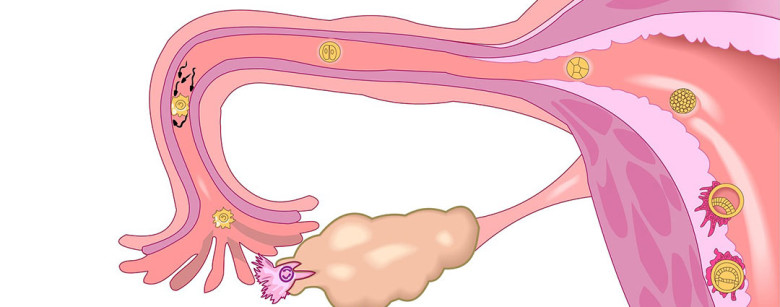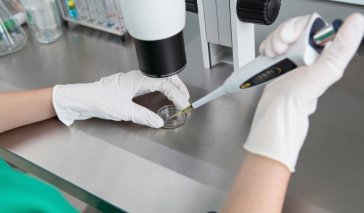FERTILITY BASICS

Age & Fertility in women
Biological Clock of women has a significant impact on fertility. More specifically, it refers to the principle of ovarian reserve. Ovarian reserve is quite simply the total number of eggs remaining in the ovaries.
A woman is born with the lifetime supply of eggs: the eggs she has when she is in her mother’s uterus (about seven million). The eggs are continuously being lost from that time on, even though there is no menstrual period. By birth, she is down to about two million. By the time a woman has her first menstrual cycle, on average at age 11-12 years, she is left with an estimated 400,000 eggs in the ovaries.
Best Day To Get Pregnant
The Fertile Window Explained: A man’s sperm may live up to 5 days inside a woman’s reproductive tract. A women’s egg can live only for about 12 hours after it is released. This means that a women’s egg needs to be fertilized within this 12-hour time frame. Furthermore, freshly ejaculated sperm are not able to fertilize a women’s egg. It takes time for a process, known as capacitation, to occur. Capacitation is series of changes that sperms go through once they are inside a woman’s reproductive tract andt make sperms more mobile and allow them to penetrate the egg. Only then it can fertilize the egg. So, the 5 days before the ovulation is very important.
Ovulation (release of eggs from the ovary): The time of ovulation is one of the most important determining factor in getting pregnant and preventing pregnancy. Ovulation is the most fertile period of menstrual cycle – it is a period when woman is most likely to get pregnant or when the chances of conception are the highest. Woman’s fertile period starts about 4-5 days before ovulation and ends about 24-48 hours after it.
Sperm: On ejaculation, a man releases millions of sperms. Once the sperm have been deposited, some of the them swim to the fallopian tubes through the cervix and uterus., Some sperms die in the acidic vaginal fluid, and some enter the cervical mucus and cervical crypts. They are stored here and can remain alive here for as long as 48 to 72 hours. Sperms in the female reproductive tract swim under their own steam – as a result of the whip- like activity of their tail which propels them on. Of the millions of sperms released during ejaculation, only a few hundred will reach the egg successfully, and only one is required to fertilize the egg.


